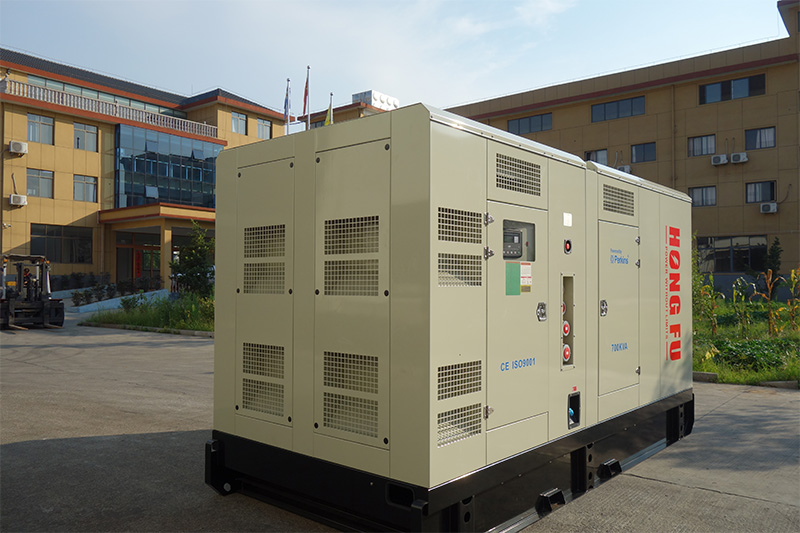How generators work, their features and applications
How do electric generators work?
An Electric generator is a device which is used to produce electric energy, which can be stored in batteries or can be directly supplied to the homes, shops, offices, etc. Electric generators work on the principle of electromagnetic induction. A conductor coil (a copper coil tightly wound onto a metal core) is rotated rapidly between the poles of a horseshoe type magnet. The conductor coil along with its core is known as an armature. The armature is connected to a shaft of a mechanical energy source such as a motor and rotated. The mechanical energy required can be provided by engines operating on fuels such as diesel, petrol, natural gas, etc. or via renewable energy sources such as a wind turbine, water turbine, solar-powered turbine, etc. When the coil rotates, it cuts the magnetic field which lies between the two poles of the magnet. The magnetic field will interfere with the electrons in the conductor to induce a flow of electric current inside it.
Features of electric generators
Power: Electric generators with a wide range of power output capacity are readily available. Low as well as high power requirements can be met easily by choosing an ideal electric generator with matching power output.
Fuel: Multiple fuel options such as diesel, petrol, natural gas, LPG, etc. are available for electric generators.
Portability: There are generators available in the market which have wheels or handles fitted on them so that they can be moved from one place to another easily.
Noise: Some generator models have noise reducing technology, which allows them to be kept at close proximity without any noise pollution problems.
Applications of electric generators
Electric generators are useful for homes, shops, offices, etc. which face frequent power outages. They act as a backup to ensure that the appliances receive uninterrupted power supply.
In distant areas, where electricity from the main line cannot be accessed, electric generators act as the primary source of power supply.
In distant areas, where electricity from the main line cannot be accessed, electric generators act as the primary source of power supply.
When working on project sites where electricity cannot be accessed from the grid, electric generators can be used for powering machinery or tools.
